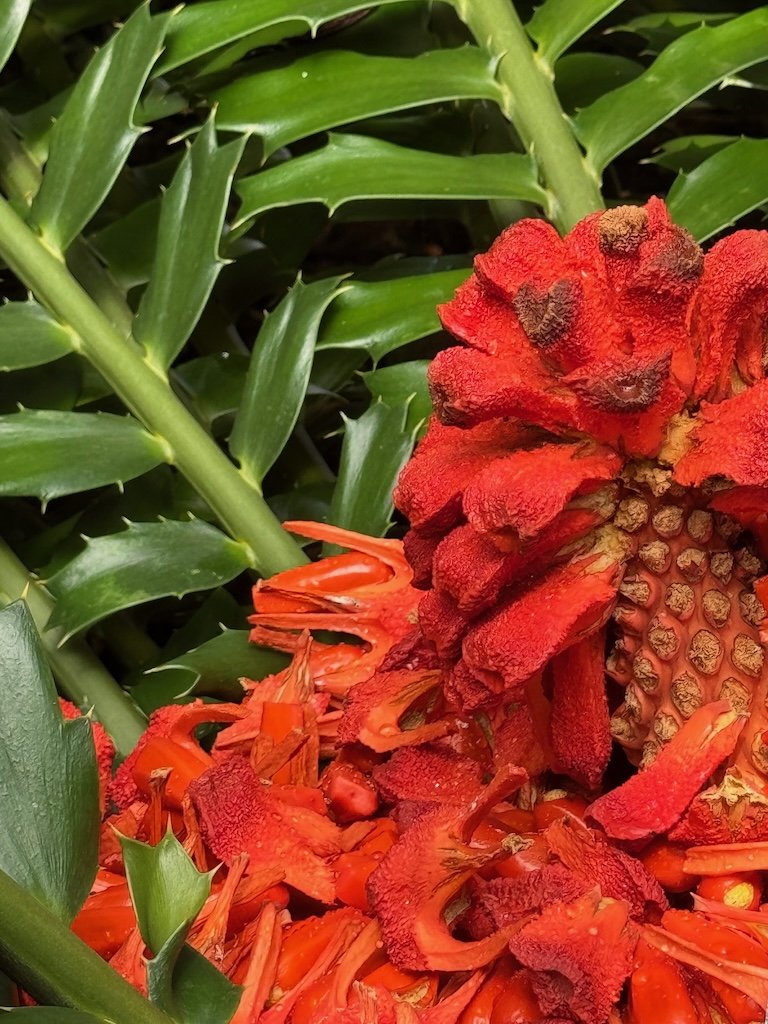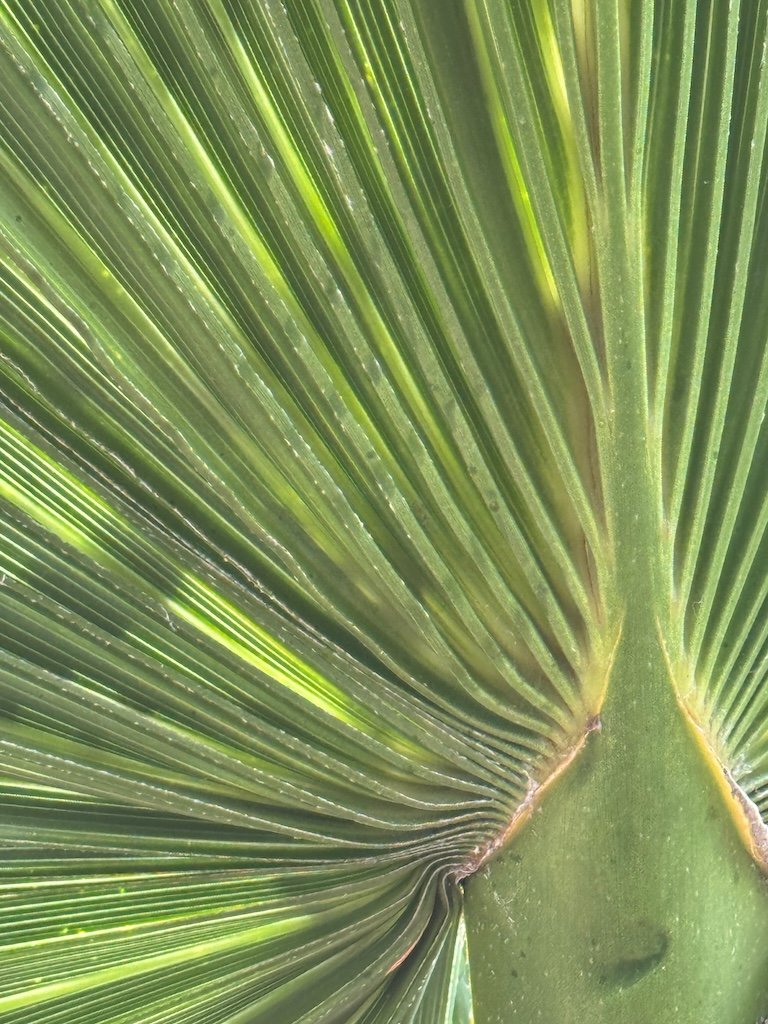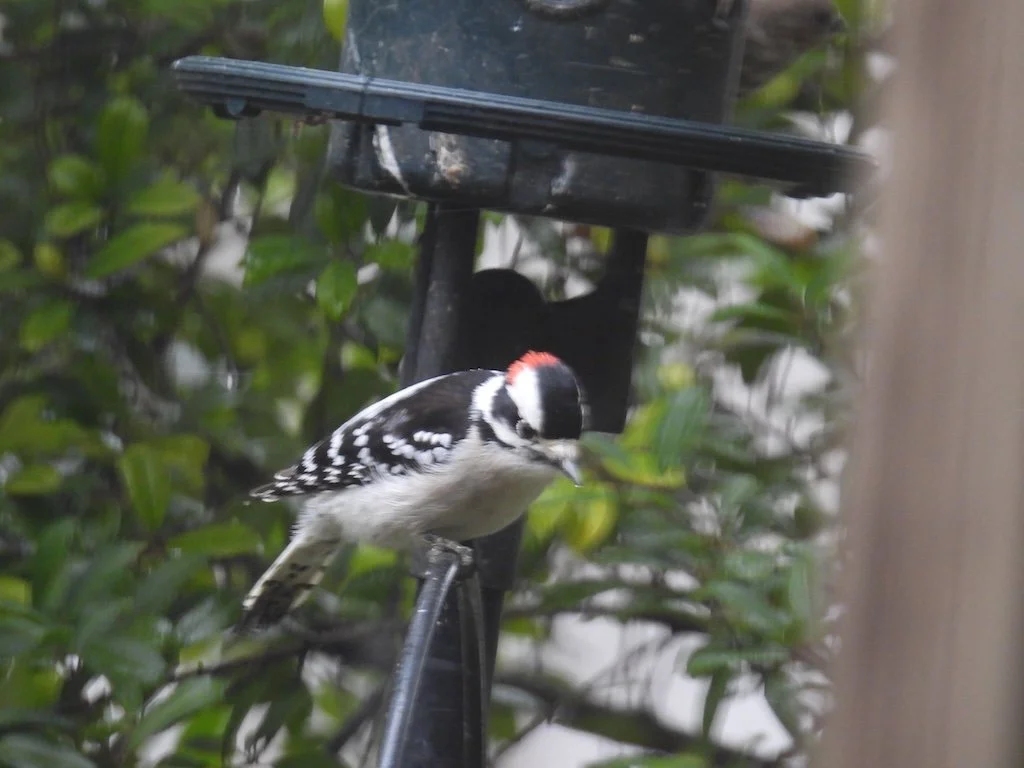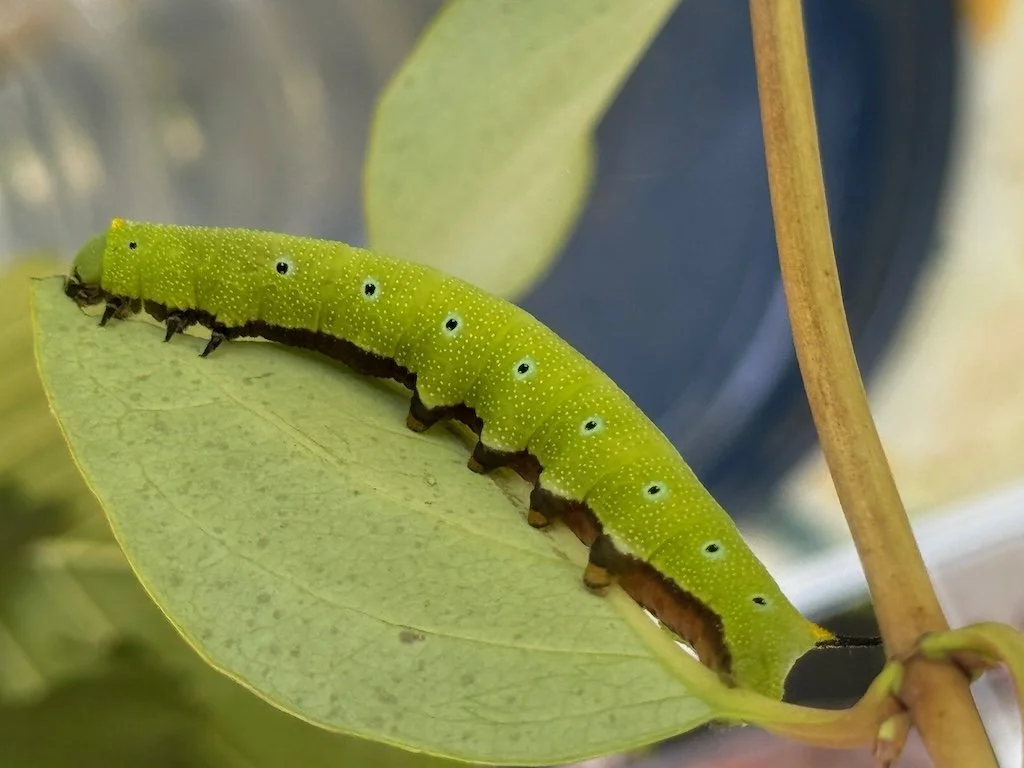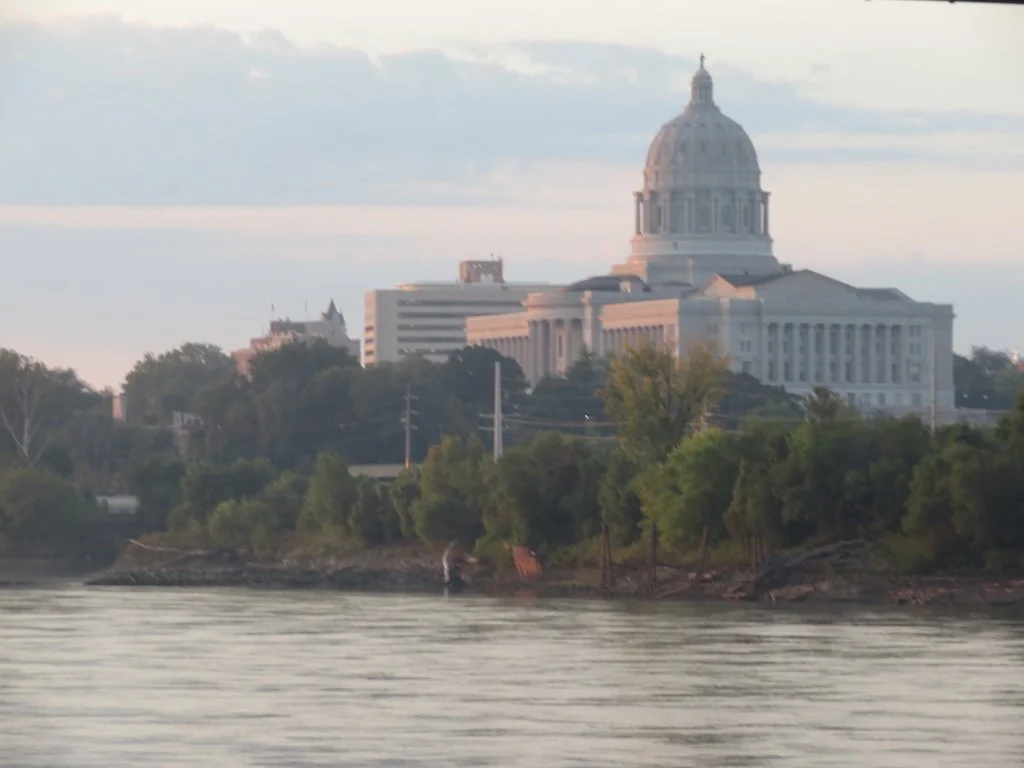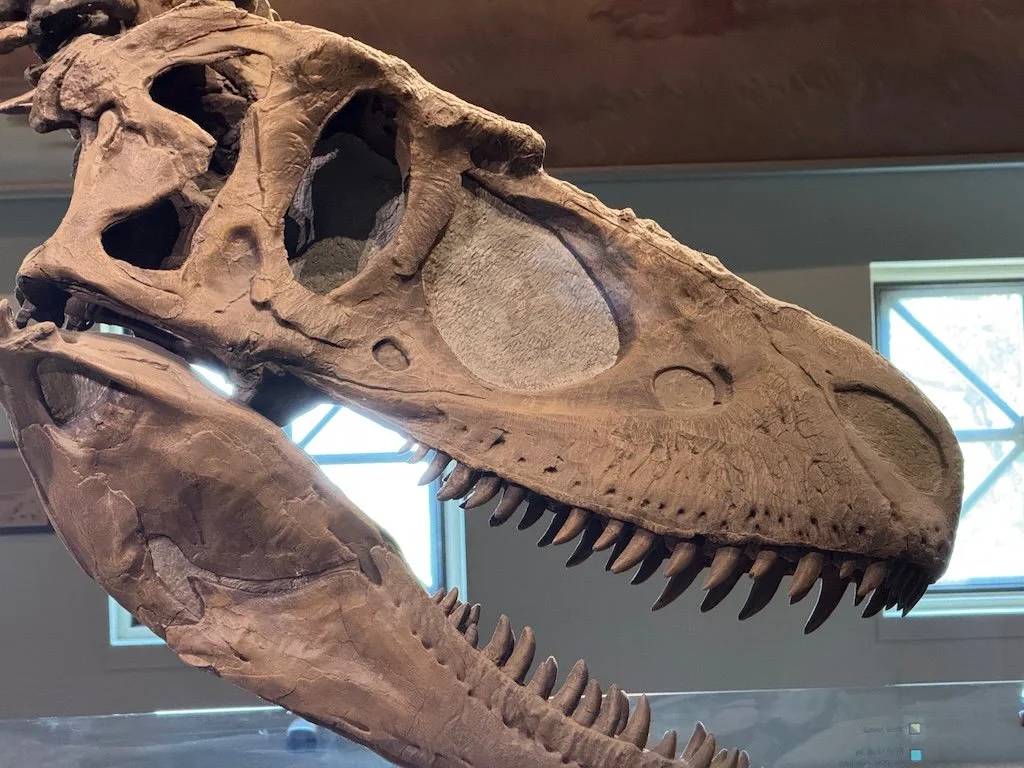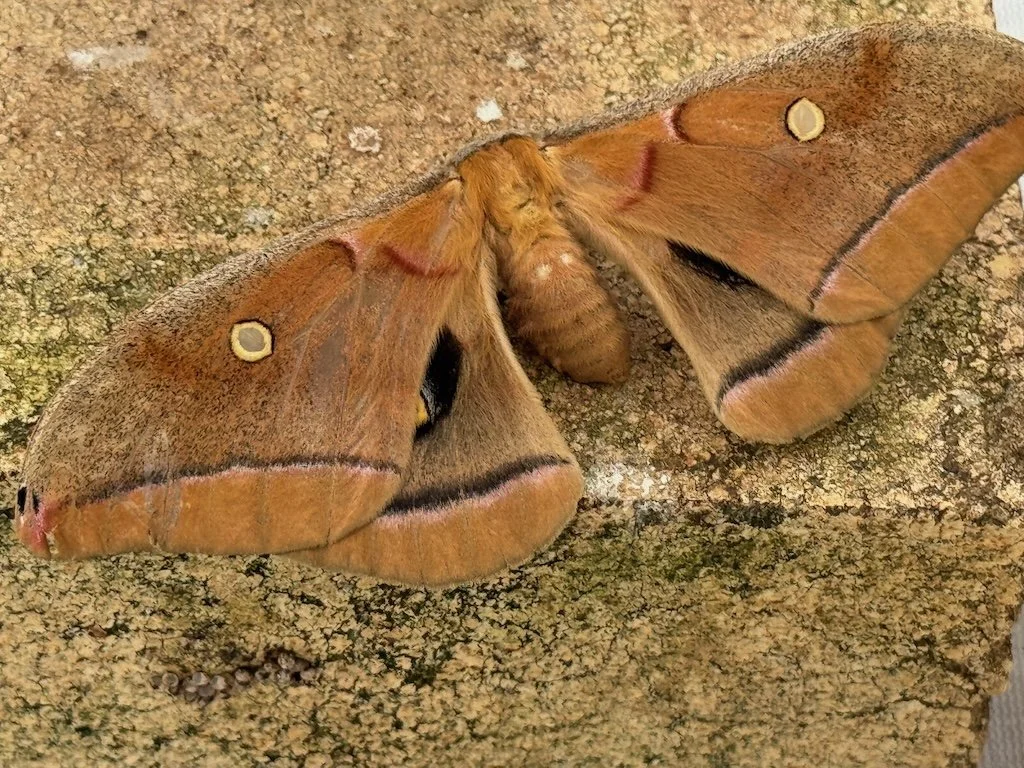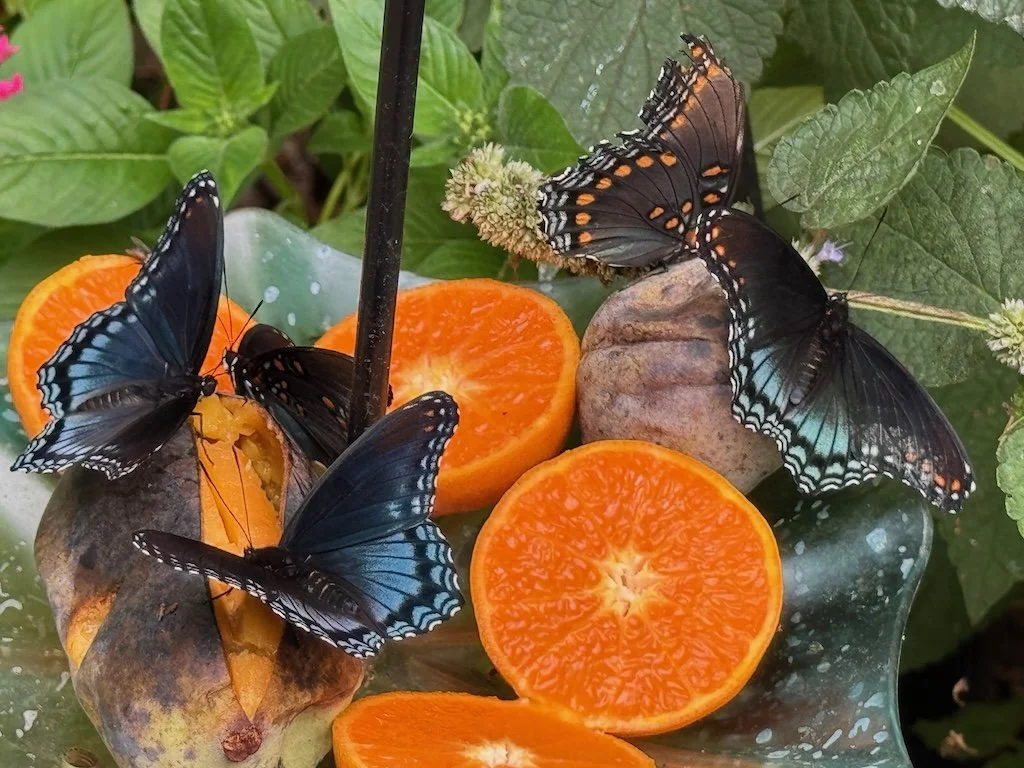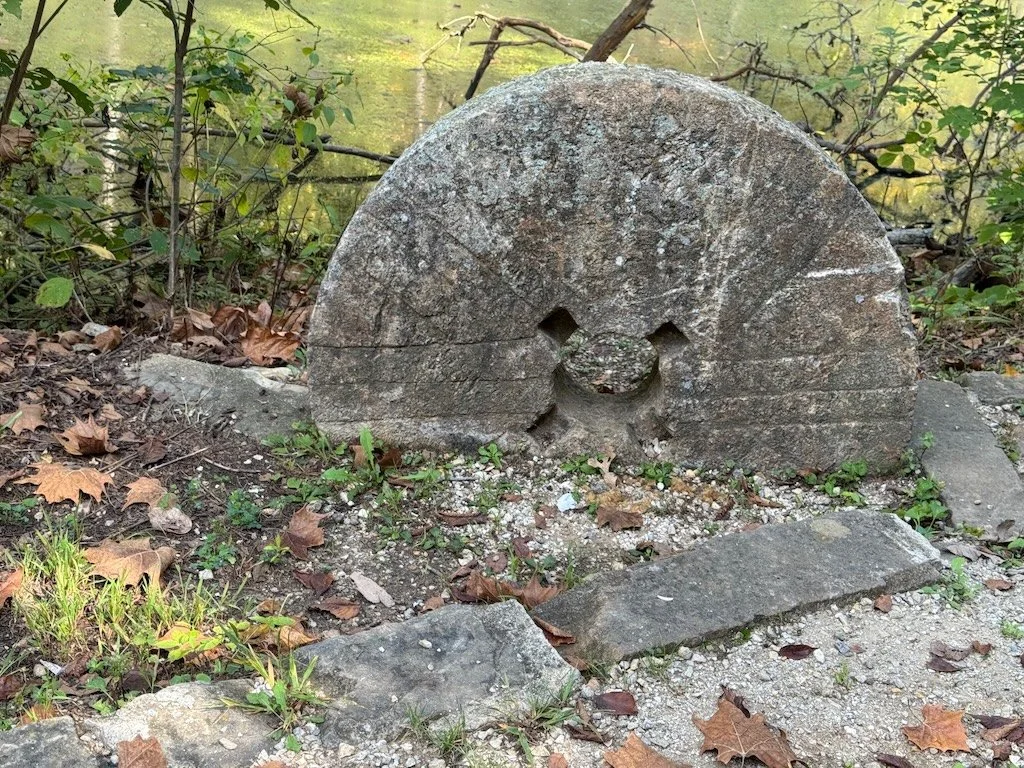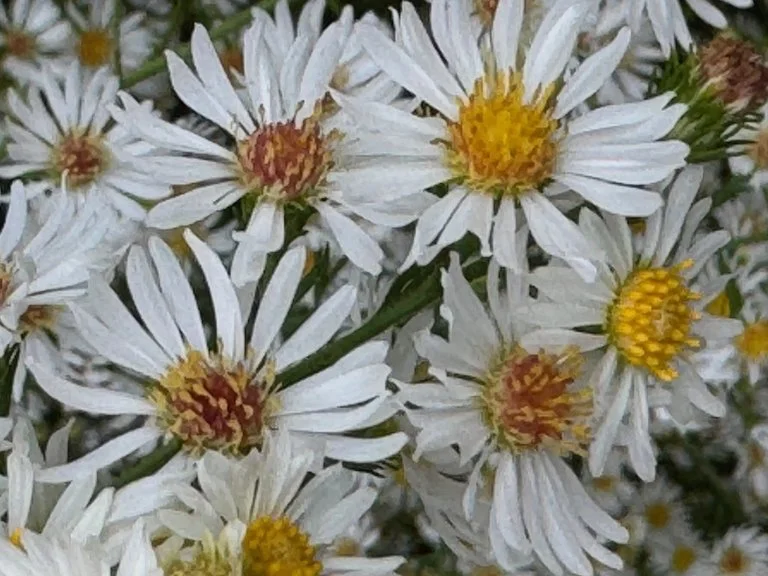The items below were ‘the cream’ of the articles and websites I found this past week. Click on the light green text to look at the article.
Scientists Investigate Smell of Egyptian Mummies – A systematic study of the smells of 9 Ancient Egyptian mummified bodies. Odors are from pine, cedar, juniper, frankincense and myrrh.
'Healthy' vitamin B12 levels not enough to ward off neuro decline – The conclusion: “we need to invest in more research about the underlying biology of B12 insufficiency, since it may be a preventable cause of cognitive decline.”
Rethinking Fire-Resistant Landscaping: Which Trees Should We Plant? – After the recent wildfires across Southern California - Experts recommend replacing highly flammable trees with fire-resistant alternatives such as oak, sycamore, toyon, lemonade berry, and lilac. While the idea of removing iconic palm trees may be met with resistance, fire safety advocates argue that proactive changes in landscaping are necessary to adapt to the increasing wildfire risks in California.
Floods Swamp Tennessee – Satellite image from February 17 of the flooding after the February 15-16 storm. The area of western Kentucky to the north had more severe flooding….but clouds prevented a similar image on the 17th.
Learn COVID pandemic lessons — before it’s too late - “The science will deliver if we have a new emerging infectious disease,” says Joanne Liu, a pediatric emergency-medicine specialist at McGill University in Montreal, Canada, and a former international president of the medical-aid organization Médecins Sans Frontières (also known as Doctors Without Borders). “I think it will be the people who aren’t going to deliver…..None of us thought about the case scenario in which we would have leaders and a large part of the population that do not believe in science.” Yet that scenario is here. It means that researchers in public health and infectious diseases must work closely with social scientists who have been studying how another disease — misinformation — spreads and how best to counter it.
In many countries, people breathe the cleanest air in centuries. What can the rest of the world learn from this? – Lots of graphs….focused on sulfur dioxide and nitrogen oxide emissions….and the relationship to coal and catalytic converters.
The Science of Snakehead Slime - One of this fish’s most reported habits is its ability to move about on land. The answer, according to new research, may lie at least in part with another of the snakehead’s infamous features: its slime.
Wide-Eyed Fly Wins the 2024 Royal Entomological Society Photography Competition – Macro photography of insects…great work my amateur photographers. My favorite was the ladybird larva feeding on a colony of aphids.
How much protein do you really need to get strong? – A concerning take away: In 2018, a nonprofit group called the Clean Label Project, based in Broomfield, Colorado, released a report about toxins in popular brands of protein powders in the US. Researchers screened 134 products for 130 types of toxins and found that many protein powders contained heavy metals (lead, arsenic, cadmium and mercury), bisphenol-A (or BPA, which is used to manufacture plastic), pesticides, or other contaminants with links to cancer and other health conditions. Interestingly, one certified "organic" product had twice the contaminants of non-certified ones. Plant-based protein powders were the most contaminated, while egg and whey-based powders were found to be the cleanest.
Dust from Car Brakes More Harmful than Exhaust – Brake dust evidently causes greater injury to lung cells than diesel exhaust. Brake pads on the market now include copper which can aggravate asthma when inhaled. Note: the shift to electric vehicles could curb pollution from brake pads. Most electric cars use regenerative braking that limits the need for conventional brake pads.






























































